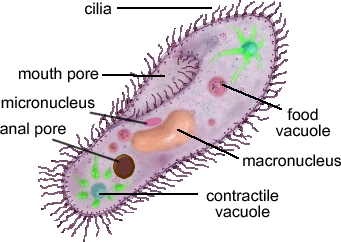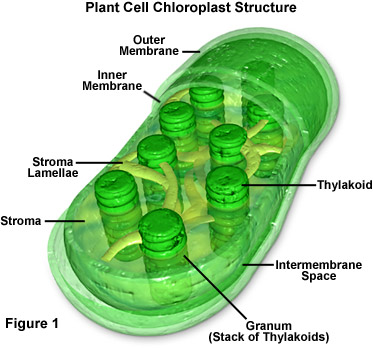- Define the process of diffusion as the net movement of molecules from a region of high concentration to a region of low concentration.
- Define the process of osmosis as the net movement of water molecules from a region of higher water potential to a region of lower water potential across a partially permeable membrane.
- Explain that osmosis is a subset of diffusion, and that osmosis is restricted to the net movement of water molecules, whilst diffusion involves the movement of any type of molecules. (Note: a partially permeable membrane does not necessarily have to be present for diffusion.)
- Explain how animal and plant cells behave differently in solutions of varying water potential.
- Appreciate the importance of diffusion and osmosis to living systems, and list examples of both processes.
Diffusion is the net movement of particles from a region of higher concentration to a region of concentration.
Concentration = amount of a substance --> amount -> mass (g/kg)
volume of a fluid (water) volume -> cm3/ml
High concentration--> amount of substance UP
volume of fluid DOWN
Low concentration--> amount of substance DOWN
volume of fluid UP
WRONG example: Mom is cooking in the kitchen and you can smell the food ( NOT diffusion)
1. Is diffusion a spontaneous process (no energy required)?
No, diffusion does not need energy to occur.
- Substances tend to spread from an area where they are more concentrate to an area where they are less concentrated.
- Two or more substances can become evenly distributed (reach equilibrium) even without external interventions
2. Why does diffusion not occur instantaneously in the living world?
There is air in the living world, slowing down the rate of diffusion.
3. What are the factors affecting the diffusion rate?
- Temperature
- Presence of air
- Size
Concentration Gradient
Concentration
- A measure of the amount of a substance in a specific volume
Concentration Gradient
- The concentrating gradient between points A and B is the difference in concentration between points A and B.
Sugar molecules diffuses from point A to point B
We can say: Sugar molecules diffuses down the concentration gradient from point A to B.
- Particles diffuses down the concentration gradient
- The larger the concentration gradient, the faster the rate of diffusion.
Two types of membranes:
- Permeable membrane - Allow all substances to pass through (much large gates/holes)
- Partially permeable membrane - Allows some substances to pass through. (small gate/holes)
Application of diffusion in biology
The visking tubing encloses a solution of starch while the beaker contains iodine solution. Starch reacts with iodine to form a dark blue complex. Only the starch in the visking tubing will turn blue.What type of membrane is the visking tubing?
Explain.
partially permeable. Only the iodine managed to pass through the visking tubing. Starch, which has big particles, could not pass through the visking tubing.
Conclusion
- Diffusion is an important process where substances are moved without use of energy.
- It is the net movement of particles (or molecules; or ions) from a region of higher concentration to a region of lower concentration.
- Thus the movement is down a concentration gradient.
- It is important to bear in mind that
-The greater the concentration gradient, the faster the rate of diffusion.















